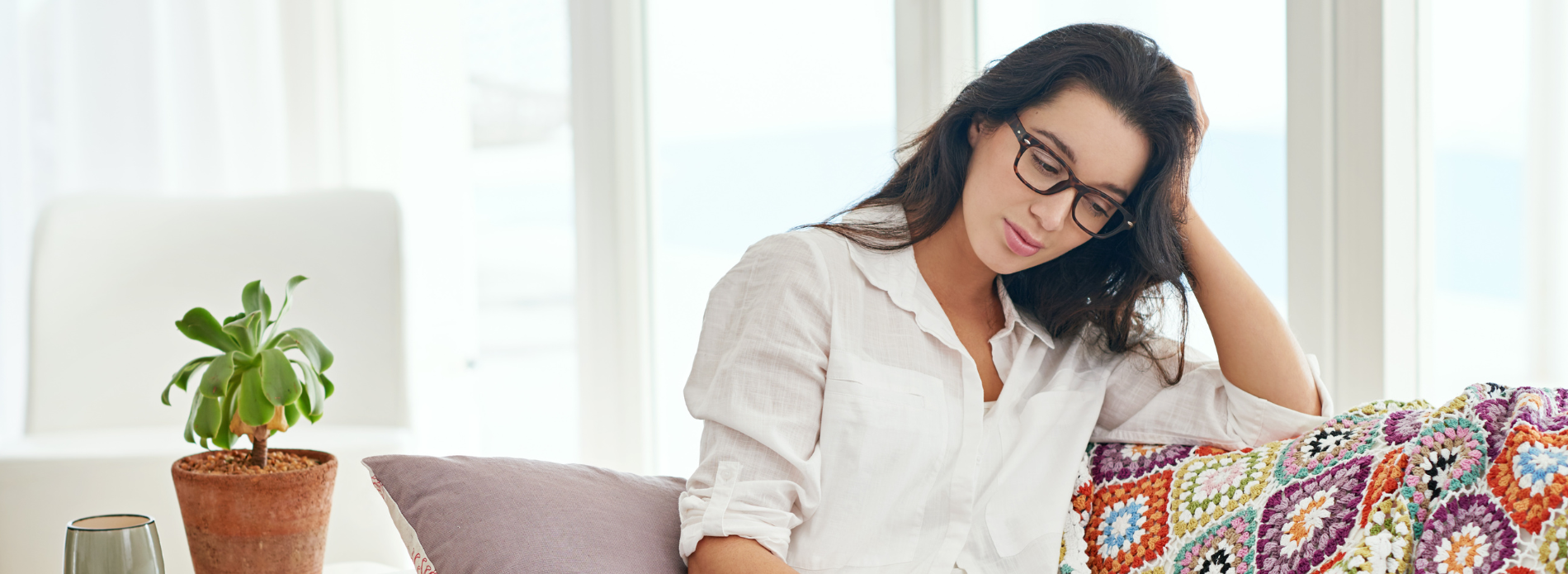Being more active is one of the best ways to protect ourselves against health risks and boost our sense of wellbeing, but not everyone likes the idea of exercising.
That’s one of the reasons cycling is a great option for anyone of any age or ability to try. From a fun family outing, a chance to enjoy a couple of hours of me-time, a way to explore your surroundings or of getting from A to B, the benefits become almost incidental, because cycling can be such good fun.
We take a look at some of the ways that getting (back) on a bike can be a force for good in your life and share some tips to help keep you safe.
1. It’s a great alternative to other forms of transport
Switching public transport for your bike allows you to put yourself in control of your commute and is a great way to reach the government recommended levels of exercise1 without taking any extra time out of your day.
Cycling can also save you money provided you don’t go mad for all the fancy kit. Whether you cycle for part or all of your journey to work, chances are, with your blood pumping and without the stress of public transport crowding and possible delays, you’ll start (and end) your working day feeling happier, more energised and ready for whatever lies ahead.
If you decide to give cycling to work a try, here are some tips to get you started:
- Test your route: Roads are often quieter on weekends so do a test run then so you can estimate how long your journey will take. Also use the route planner linked below to plan a ‘quiet’ route.
- Facilities at work: Find out if your office has bike storage and shower facilities. Wearing active wear for your cycle and taking spare clothes to work to change into is also an option to make you more comfortable.
- Find a friend: You may already know someone who regularly cycles to your place of work who could help add more enjoyment and motivation. You could ask them to meet you somewhere along your route to help increase your confidence. They may also give you some tips about which route to take and which junctions to avoid.
- Start small: If cycling the whole distance to work seems daunting, you could take the train or drive part the way there and cycle the rest. Or consider cycling in a couple of times a week at first, gradually increasing your confidence. If you’re a beginner, start with a few short rides a couple of times a week, leaving rest days in between, then slowly start to increase the length of your rides.
2. Cycling is good for your health
Adding cycling into your routine is a great way to improve your physical and mental health. Studies suggest that ‘active commuting’ such as cycling, can positively affect our overall health, as well as reduce the risk of cardiovascular disease, cancer, and mortality.2
Let's look at some key health aspects relating to cycling:
Helps core strength - Cycling is ideal for strengthening many areas of the body. It’s a full body cardio workout and combines strength training, as well as being low impact – so it’s easy on the joints.
It's not only the legs that get a workout, but cycling also strengthens the whole posterior chain (so the whole back side of our body), including hamstrings, glutes and the back, which is particularly good for those who have a desk job.
Cycling helps improve balance and co-ordination - As we get older, we become less stable and more prone to falls, which can have a devastating effect on someone’s quality of life. Their ability to look after themselves and others, to maintain social connectedness, to be active… the list goes on.
The act of remaining upright on a bike helps us improve our posture and balance, which in turn improves our stability now and in later life.
>Take a look at our article for more exercises to improve balance and prevent falls.
3. Cycling boosts your sense of wellbeing
Cycling is one way of enjoying the benefits afforded by nature and the great outdoors but whether you’re in an urban environment or out in the country, you’ll experience sights, sounds and a sense of being at one with your environment that are only privy to those on foot or in the saddle.
>Read more in our article the health benefits of nature
Taking in your surroundings, feeling the wind in your hair and stopping to appreciate the moment, in other words mindfulness, is a natural part of the whole cycling experience and does wonders for your mental health.
>Take a look at our article on the benefits of mindfulness to find out more.
It’s not only being outdoors and at one with yourself and your environment that can reduce stress levels and have a calming effect. Exercise itself boosts feelgood brain chemicals, such as dopamine and endorphins, as well as serotonin, low levels of which are known to cause depression.3
As we’ve seen, cycling is something you can do solo or as a group, so for those who perhaps deal with social anxiety or don’t like gyms, cycling may be a great choice; but it can just as easily be group-based if you need or enjoy the support of others.
4. It’s adaptable
Cycling is one of the few activities you can enjoy solo, with members of a cycling club, with friends or with the whole family. It can be a chance to catch up, to get out and about or to compete with others or against yourself.
You set the pace, the destination and the route. So, whatever your preference and whether you set off to enjoy a picnic or improve your PB, cycling is something we can all enjoy for our own reasons and to feel good in a way that matters to us.
5. It’s environmentally friendly
With many of us becoming more conscious of the harm we’re doing to the environment, cycling is one way we can all play our part in reducing our carbon footprint.4
If a journey is too far to walk and we don’t want to take the car or a bus, getting on our bikes is a great alternative, and has the added benefit of not having to find a place to park when we get to our destination!
Cycling safety tips
Safety can be a concern for many cyclists, but in many cases the benefits outweigh the risks, and the risks can be minimised:
Be prepared - Make sure your bike is appropriate for use, and you have all the equipment that you might need for your journey including: appropriate clothing, a helmet, bike lights, a repair pack, and ensure you know how to ride safely. For more essential information to get you started, including how to do a bike check and mend a puncture, visit the Cycling UK website.
Plan your route to help avoid busy junctions or roundabouts or find cycle paths/lanes. Visit Cycling UK’s journey planner where you are able to select ‘Quietest’, ‘Balanced’ or ‘Quickest’ Route.
Take a safety course. Bikeability is a national scheme for developing skills and awareness, delivered all over the UK.
How to stay motivated
If you find yourself losing motivation, it helps to set goals and track your progress, for example, timing how long it takes to complete your journey and seeing if you can improve on this time.
External motivation can be useful; if you have a goal of cycling to work three times a week and you complete it, reward yourself. Also remind yourself why you started cycling. Whether it be for health, energy, saving money, to reduce stress, to save time, to feel good, or just for fun, you started for a reason so keep going!
References
- Government exercise recommendations - NHS
- The association between commuting and cardiovascular disease – Science Direct
- Movement is medicine - NHS
- Cycling to reduce carbon footprint – Imperial College London












